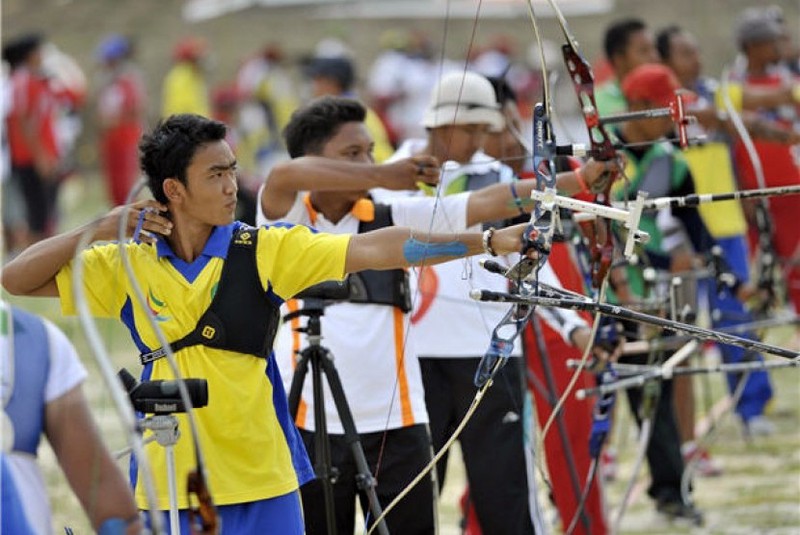Riyadhah or sport in Islam is not only used for the term 'body' for fitness, but also for the mental process. Imam Ibn Qayyim al-Jawziyyah (1292-1350 AD) in his book Zad al-Ma'ad emphasized the importance of exercise and its effects on the body. How exercise strengthens and shapes the body's immunity to disease.

He equates the strengthening of memory through reading and thinking with the art of exercise that trains hearing, communication, observation, and motion. Likewise the impact on the management of emotions, such as pleasure, sadness, patience, alertness, forgiveness, and courage. Islamic teachings also indirectly require physical health to sustain good worship, such as prayer and Hajj.
Salim al-Hassani in his article "A 1,000 Years of Amnesia: Sports in Muslim Heritage" revealed, in addition to science and technology, many have glorified Europe as a sports mecca. In fact, every culture has a unique sport, including Islam.
Sports, like cricket and polo, are often identified with England. In fact, cricket is an authentic North Indian sport that has existed since 700 AD. Polo is also a traditional game of the Persians and Afghans.
Many have forgotten, not only science, art and technology, but also sport shines when Islam prevailed from 600 AD to 1600 AD. In fact, Islam abolished destructive sports such as gladiators when it penetrated Europe.
In the words of the Prophet SAW, the story of a running race between the Prophet Muhammad and Ayesha became a popular example of how the Prophet exemplified sports. The Prophet also encouraged parents to teach their children to swim, to ride horses, and to shoot archery.
Malcolm Wright in his writings "Who Wrote the First" Useful Archery Manual "guessed that archery might be the oldest sport to use tools that have existed since the stone age (20 thousand BC). Variations in shape and material of bows and arrows then developed from time to time even though the shape of the bow has not changed much for thousands of years.
The Prophet saw physical strength as an important part of what was once said, namely strong Muslims better than weak Muslims. The Messenger of Allah himself is an archer and has three bows. Archery at the time of the Prophet was a skill that is usually owned by a Muslim. Friends of Sa'ad bin Abi Waqas are known as reliable archers.
During the time of the Prophet, wrestling was also known among youth. Umar bin Khattab and Khalid bin Walid became two prominent figures called wrestling.
Ali ibn Abi Thalib was famous for his agility in using swords in the battlefield with his famous sword, Dhul Fiqar. Until the Messenger of Allah praised him, there was no sword that was equal to Dhul Fiqar and there was no young man who was slashed by Ali bin Abi Talib in using a sword.
Comments